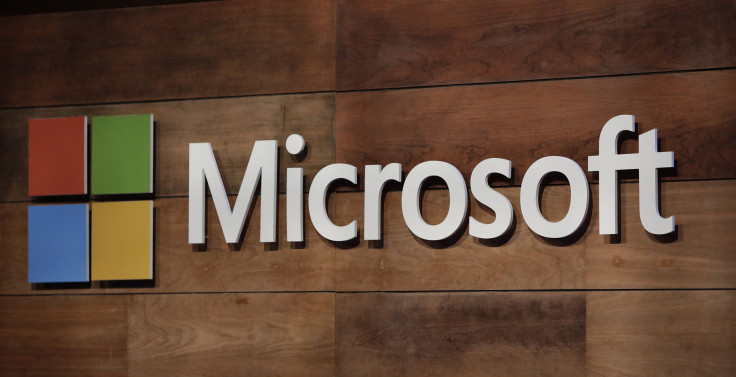Will There Be A Windows 11? A Look At The Products That Drive Microsoft’s Success

Starting as simple software company providing code for the Altair 8800 in 1975, Microsoft today is a technology powerhouse with hands in numerous product ecosystems. From the release of Windows 1.0 in 1985 to the cutting-edge game consoles and virtual reality technology, the company founded by Bill Gates and Paul Allen now offers a diverse suite of products that have become integral parts of society in 2019.
Here’s a look at some of the company’s most significant offerings, and what might be next.
Windows 10:
The latest iteration of Microsoft’s premiere was introduced in 2015, marking a return to a more desktop-focused approach after the heavily tablet-oriented Windows 8. Some of its biggest changes included the introduction of Edge, the successor to the Internet Explorer browser; Cortana, a virtual assistant program named after “Halo” character; and, apps that run across the whole line of Microsoft hardware. The company confirmed in March that roughly 800 million PC users were on Windows 10.
As of 2019, Windows 10 has remained without a successor for four years, the longest of any Microsoft OS. Indeed, this might remain the case for the foreseeable future. In 2015, Microsoft referred to Windows 10 as “the last version of Windows,” indicating that they would simply provide incremental updates to the service over time.
Office:
The ubiquitous suite of productivity programs was introduced in 1988 and includes such iconic offerings as Word, Powerpoint, and Excel. The last major shake-up to the line came in 2013 with the introduction of Office 365, a subscription-based delivery model which gives users access to the full suite of Office as well as certain Cloud features for a monthly fee. As of 2016, roughly 1.26 billion people were using Office.
Xbox:
Starting with the original Xbox in 2001, Microsoft’s brand of home video game consoles bucked the skeptics and is now one of the three pillars of the industry, alongside Sony and Nintendo. Its most recent iteration, the Xbox One, released in 2013, and was followed by the high-end Xbox One X in 2017, which the company boasts is the most powerful home console on the market. While the company does not release sales figures for the brand, estimates put the global install base over 40 million.
At E3 2019, Microsoft unveiled Project Scarlett, the planned successor to the Xbox One. It is expected to launch in Fall 2020, likely releasing alongside the Playstation 5.
© Copyright IBTimes 2025. All rights reserved.



















